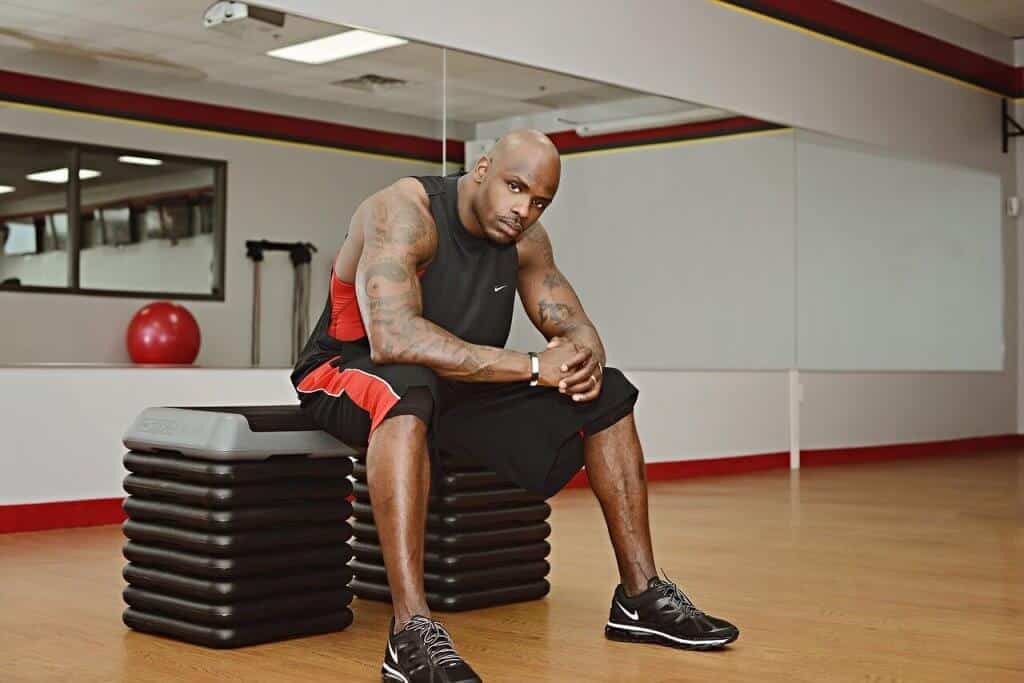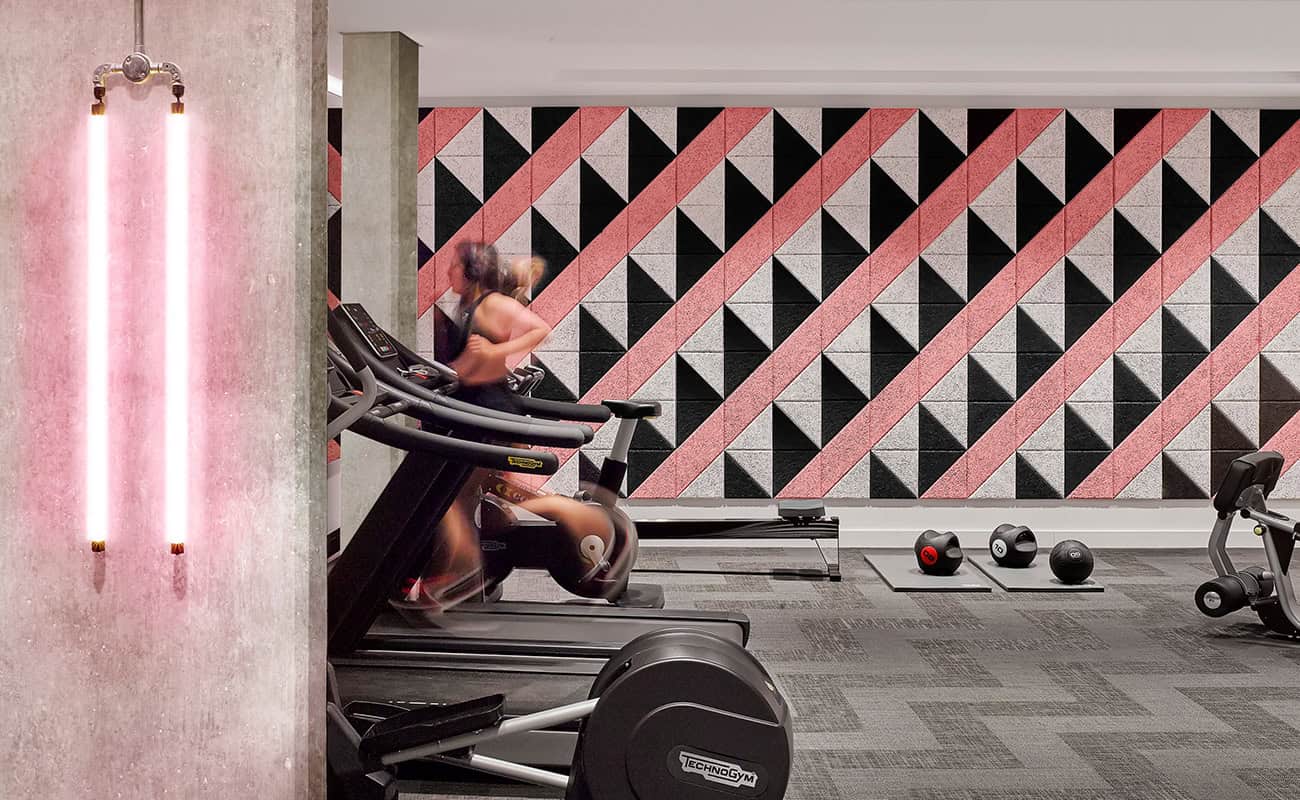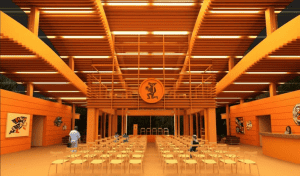Whether it’s elevating home organization to a zen-like practice or hurling truck tires around an echo chamber, some trends take root virtually over night and blossom at length despite their glaring (or, more fittingly blaring) issues.
Vancouver, recognized as one of the most expensive real estate markets in Canada, is almost as well-known for its fitness enthusiasts. Despite our relatively mild climate, however, we’re also known for copious rain that sends the health-conscious indoors to work out. As continually high property costs give rise to increased mixed-use development, gyms, fitness centres, and (in CrossFit parlance) boxes crop up in structures from empty nester spare rooms to office and apartment buildings.
We get the appeal of owning a fitness space, and if you’re building one, now’s the time to plan and implement effective noise mitigation strategies. And unless you’re designing a yoga studio, note that …
If you build it, they will sweat. Loudly.
Whether they’re commercial or residential, neighbours are a fact of city life, and it’s worth planning for a harmonious coexistence with them. Before introducing a fitness centre—particularly a weight-focused or high intensity one—into your building, consider the building’s foundation and structure. If possible, locate your facility on grade or below, away from residences and offices. Sound and vibration can travel in all directions, so bear that in mind before constructing walls, floors, and ceilings. Investing in suitable materials pre-construction will prove far more cost-effective than making inevitable, expensive, and sometimes inadequate upgrades soon after noise complaints give you no choice.

Clang, clang, clang went the free weights …
Essentially barebones gyms, boxes (as their communities call them) host CrossFit classes. Upwards of 10,000 affiliate boxes around the world attract fitness devotees looking for an intense and varied workout that incorporates all kinds of weights (including kettle bells and tire trucks) and yields fast results. Low start-up costs, meanwhile, appeal to potential business owners. A $1,000 weekend seminar, an essay and a $3,000 annual affiliate fee are all it takes to use the brand name.
Get outside the “box”
Success stories abound, sure, but so do cautionary tales. For her Observer article Persecuted CrossFit Gyms Forced to Flee After Noise Complaints, lifestyle reporter Jordyn Taylor interviewed several CrossFit owners who’d, without even violating noise ordinances, received so many vitriolic—even violent—complaints they were forced to relocate. At press time, Austin, Texas owner Valerie Hunt thought her facility BMV CrossFit would remain beyond reproach in a commercial zone. But she was woefully mistaken:

(R)esidents nearby are complaining they can hear people grunting and dropping weights. They’ve taken the matter to City Council, as well as launched a vicious attack against the gym.
“I had to get my phone number changed,” Ms. Hunt told the Observer. “The texting turned really ugly—a lot of cussing [and] ‘We hate you’.”
Though Ms. Hunt said Austin’s City Council confirmed BVM hadn’t violated any noise ordinances, the neighbours’ complaints led the city to re-classify CrossFit as an outdoor sports and recreation activity, as opposed to a personal improvement service. That means Ms. Hunt must find a new space and convince her landlord to let her end her lease early.
A good take-away from the story above? Compliance with codes, bylaws, and ordinances doesn’t necessarily equal adequate soundproofing.

Now what fresh bell is this?
Effective pre-construction acoustic strategies
Wall isolation
Locate your hotel gym, for example, as far away from guest rooms as you can. A full-sized commercial facility should be detached, if that’s an option.
Sound-reducing floor underlayment
Install a layer of cushioning and support between a floor and subfloor. Since most floors require underlayment in any case, it pays to plan ahead and invest in a sound-reducing product rather than the standard kind. Installing sound-reducing underlayment beneath existing floors involves considerably more work … and expense. Definitely consider this option if your gym is above an occupied space. Even without weights involved, exercise movement can be noisy.

“Quiet enough for you now? Wish I’d talked to an acoustical engineer before signing that 5-year lease.”
We realize that building from the ground up isn’t always possible, so if you’ve leased an existing space, a few noise control options are available. You can:
- upgrade the separating wall (and potentially floor/ceiling) assemblies to reduce amplified music and instructor sound impact
- install a high-quality resilient floor surface specifically chosen for area use (e.g. free weights, weight machines, treadmills, etc.)
- enhance user experience and marginally benefit adjacent spaces by introducing acoustic treatment (e.g. panels, hanging baffles) in the fitness space itself to reduce reverberation and hence the build up of reverberant sound.
Whatever your interest in fitness spaces, we invite you to contact us if you’d like to learn more about making those spaces acoustically friendly. Until then, enjoy your workout and don’t forget to hydrate!




